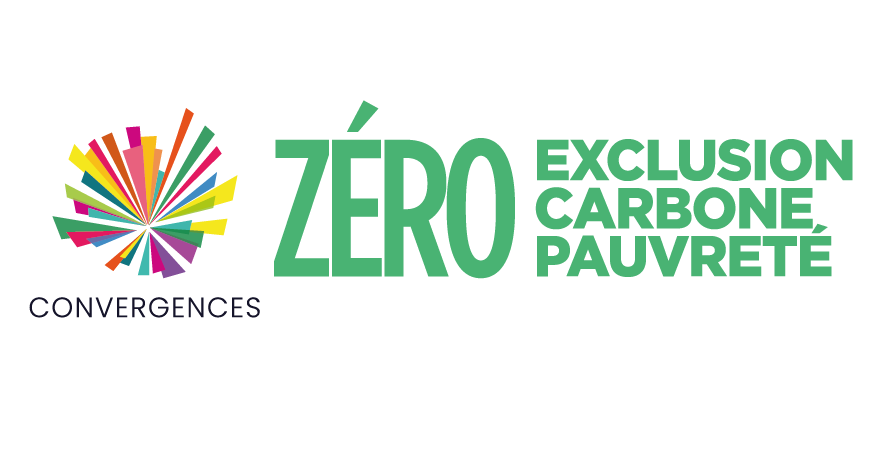The Microfinance Barometer is celebrating its 10 year anniversary. A look back at the publication’s key themes over the last decade reveals an interesting dynamic. Many of the “hot topics” of the 2010’s, with the exception of digitalisation, could easily be placed in the 2000s, the 1990s and even the 1980s.
Maybe I’m just getting old, but it feels like hot topics are often just the rehashing of an old topic. Truly fresh ideas are hard to come by and often, a big new thing is just the repackaging of some old thing. It’s not reinventing the wheel, exactly. More like redesigning it.
It could be argued that impact investing is one of those big new things that is really just a redesign. The Global Impact Investing Network (GIIN) 2018 annual Impact Investor survey estimates fund managers will invest $225 billion during 2018, a 20% increase from 20171. Clearly, impact investing is gaining ground, or at least the number of actors calling themselves impact investors is increasing, despite the lack of clarity around what exactly constitutes an impact investor.
Indeed, the lack of a “common understanding of definition and segmentation of the impact investor market” is considered a significant challenge by 40% of the 200+ respondents to the GIIN’s 2018 survey. It is no wonder. So many of the new players, corporate foundations, family offices, and commercial banks, are altogether new to the social investment sphere. The risk is that anyone and everyone can be an impact investor and that “impact-washing” undermines the credibility and integrity of what is a potentially transformative form of finance.
Unlike the traditional development actors that paved the way in microfinance, impact investors rarely have strong monitoring and evaluation habits and know little of the academic concepts of impact assessment. They know they want to show “impact”, but do not want to bother with the complexities of additionality, attribution, and the associated costs. And frankly, they are right.
“A great deal of money and time has been wasted on poorly designed, poorly implemented, and poorly conceived impact evaluations,” point out impact experts Mary Kay Gugerty and Dean Karlan. But if not impact proof, then what?
The microfinance sector offers an answer. Once a “hot topic” itself in the world of development finance, microfinance attracted troves of donors in the early days, all looking to prove that this market-based tool could reduce poverty. Millions were spent, but demonstration of results was mostly tepid (and almost always hotly debated due to methodological issues).
Impact assessment hit an impasse in microfinance. Eventually, thanks to the vocal efforts of practitioners (like CERISE’s founding partners) and sector-level coordination (spearheaded by the Social Performance Task Force), the sector shifted its focus from impact measurement to performance management. This is no slight change.
Today, rather than collect data to prove impact, stakeholders are more likely to collect data aimed at holding microfinance institutions (MFIs) accountable to their social mission. In practice, this means encouraging financial providers to integrate social intentions into their strategy and management systems, and to monitor them with key performance indicators.
This is social performance management, and it has become mainstream in microfinance in the last 10 years, underpinned by the Universal Standards for Social Performance Management (SPM), a set of collectively-defined, practitioner-driven management practices considered essential to fulfilling one’s mission. The SPM approach (commonly represented by the SPM Arrow) should be leveraged by the impact investing world. It is pragmatic and unifying without being normative—the Universal Standards do not tell you what your social mission should be, just how to best achieve it.
Applying a SPM approach is not difficult, but it does require systematically looking at one’s activities through the lens of one’s mission (or impact thesis, or theory of change… pick your term). CERISE, in collaboration with impact investor partners, has developed the Impact-Driven Investor Assessment (IDIA) to make this easier. IDIA is a rapid appraisal tool for investors or funds to see if governance and internal systems are aligned with strategic intent.
But it would seem that CERISE is not alone in promoting SPM among investors. In April this year, International Finance Corporation (IFC) launched the Operating Principles for Impact Management2 that largely follow a SPM approach: define intent, set up internal systems to support that intent, monitor progress and reflect on how to sustain impact. The Operating Principles show what it means to be an impact investor, that is, the common elements that impact investors should commit to if they want to incarnate their label.
So far, they have garnered 60+ signatories. What exactly this entails is not yet clear, although in theory, signatories commit to public disclosure and independent verification of their practices, to demonstrate alignment with the principles. IDIA offers a method to do so. It draws microfinance’s lessons on what it takes to achieve one’s mission. Because there is no need to reinvent the wheel.
1 https://thegiin.org/assets/2018_GIIN_AnnualSurvey_ExecutiveSummary_webfile.pdf
2 https://www.ifc.org/wps/wcm/connect/Topics_Ext_Content/IFC_External_Corporate_Site/Impact-Investing
BONNIE BRUSKY
DEPUTY DIRECTOR
CERISE

